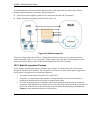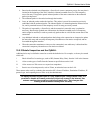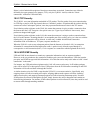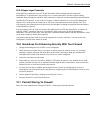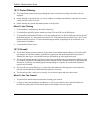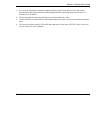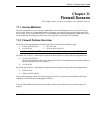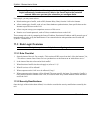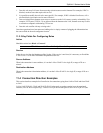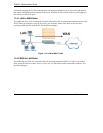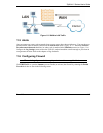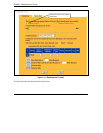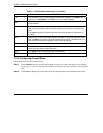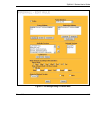
ZyWALL 2 Series User’s Guide
11-2 Firewall Screens
If you configure firewall rules without a good understanding of how they work, you
might inadvertently introduce security risks to the firewall and to the protected
network. Make sure you test your rules after you configure them.
For example, you may create rules to:
♦ Block certain types of traffic, such as IRC (Internet Relay Chat), from the LAN to the Internet.
♦ Allow certain types of traffic, such as Lotus Notes database synchronization, from specific hosts on the
Internet to specific hosts on the LAN.
♦ Allow everyone except your competitors to access a Web server.
♦ Restrict use of certain protocols, such as Telnet, to authorized users on the LAN.
These custom rules work by comparing the Source IP address, Destination IP address and IP protocol type of
network traffic to rules set by the administrator. Your customized rules take precedence and override the
ZyWALL’s default rules.
11.3 Rule Logic Overview
Study these points carefully before configuring rules.
11.3.1 Rule Checklist
1. State the intent of the rule. For example, “This restricts all IRC access from the LAN to the Internet.” Or,
“This allows a remote Lotus Notes server to synchronize over the Internet to an inside Notes server.”
2. Is the intent of the rule to forward or block traffic?
3. What direction of traffic does the rule apply to (refer to 11.2)?
4. What IP services will be affected?
5. What computers on the LAN are to be affected (if any)?
6. What computers on the Internet will be affected? The more specific, the better. For example, if traffic is
being allowed from the Internet to the LAN, it is better to allow only certain machines on the Internet to
access the LAN.
11.3.2 Security Ramifications
Once the logic of the rule has been defined, it is critical to consider the security ramifications created by the
rule:



